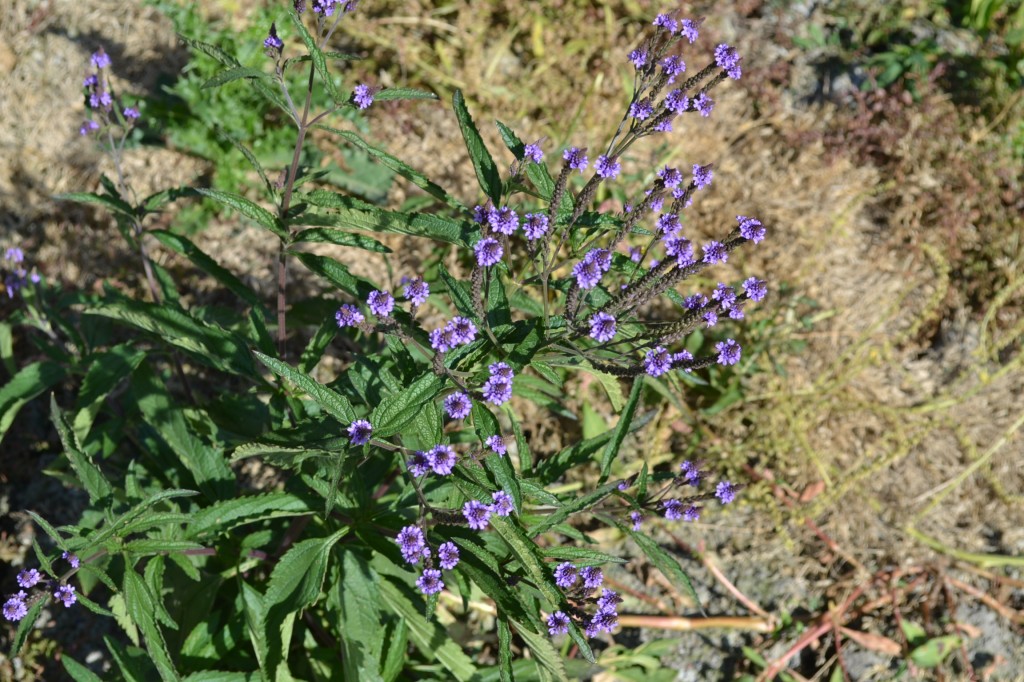Broadleaf herbicide is the preferred treatment product for broadleaf weeds commonly found in turf grass. Since spring is right around the corner, broadleaf weeds will start popping up when the warm weather returns. Proper identification of the weed will determine the control method used. Broadleaf weeds are controlled through the use of a selective herbicide. A selective herbicide targets a specific plant or plants group. A good example is a broadleaf herbicide. Non selective herbicides are designed to control everything. A good example of a non selective herbicide is Round Up. Non selective herbicides do not target a specific plant or plants group, they target all living plant material. Examples of broadleaf herbicides are products that contain 2, 4 D (Dichlorophenoxyacetic Acid). Selective broadleaf herbicide products are designed to treat broadleaf weeds in turf grass. Since 2, 4 D is designed to treat only broadleaf weeds, it will not treat grassy weeds in turf grass. The common misconception from uninformed folks is that these products are a cure-all will treat all weeds in your turf grass. There are selective herbicide products that can treat some grassy weeds. There are also blended products like Q 4 that are capable of treating some grassy weeds as well as broadleaf weeds with the same application.
Broadleaf herbicide products commonly used in commercial applications.
- Confront
- Speed Zone
- Surezone
- Surge
- Trimec
- Trimec Plus
- Q4
Most successful broadleaf weed control products also contain the active ingredient called Triclopyr or Clopyralid. These ingredients along with 2, 4 D ingredients provide a lethal dose of weed control. Some broadleaf weeds contain a waxy membrane or fine hairs which make them hard to treat. Products containing Triclopyr are great for breaking through this waxy membrane and penetrating the plant. If you are just using regular 2, 4 D products, they will be shed like rain on an umbrella, making treatment difficult. Depending on the weed that you are treating and the weather conditions, you might want to consider adding a sticking agent to your broadleaf herbicide mix. Sticker agents will help hold your product on the plant until it evaporates or is absorbed.

